
Sunscreen is the most important preventative skincare product. Period. It protects you against the damaging rays of the sun – UVA and UVB – that cause sunburns, premature skin aging including dull, matte, tired looking skin, brown discolorations, broken capillaries, age spots, weather-beaten skin, wrinkles, and even worse. In fact, we like to say at BeautyRx that if you’re not into sunscreen, forget about all your anti-aging creams, lotions and potions. What’s the point of fixing your old skin damage if you’re not going to prevent your next wave of brown spots, lines, and wrinkles?
Sunscreen FAQ
- What is the difference between UVA and UVB?
- What is SPF?
- What is the difference between Chem-free and Traditional sunscreens?
- What happens if you don't apply your sunscreen properly?
- Do I need to wear sunscreen even on cloudy days?
- Do I need to wear sunscreen even if I am only outside for 10 minutes?
- Do I need to wear sunscreen inside?
- Do I need to reapply my sunscreen if I have makeup on?
- Do I need to reapply my water-resistant sunscreen?
- Do combination sunscreens/moisturizers work?
- Why should I apply sunscreen first?
- Should I use chemical or chem-free sunscreen?
What is the difference between UVA and UVB?
The damaging UV rays of the sun are emitted in different wavelengths. Simply, UVB is the wavelength that causes sunburns and plays a role in causing skin cancer. UVA rays, on the other hand, contribute to premature skin aging (“photoaging”), causes precancers and can eventually lead to skin cancer. Sunscreens should feature UVA and UVB protection. SPF ratings are a measure of UVB protection and “broad-spectrum” protection indicates that a sunscreen protects against UVA rays. (return to top ▲)
What is SPF?
SPF stands for sun protection factor, which indicates the amount of protection a product provides against UVB rays. This rating specifically informs you how long you can stay in the sun without getting a sunburn as compared to how long you could stay in the sun without protection. For example, if you can spend 15 minutes in the sun without getting burned, wearing a sunscreen with SPF 10 would allow you stay out in the sun 10 times as long, 150 minutes. However, SPF values are subject to a law of diminishing returns because there is not a linear relationship between SPF values and the percent protection afforded from UVB damage. SPF 15 provides 88%-90% protection from UVB rays, and SPF 30 provides 95%-96%. SPF of 50 offers 99% protection from UVB. While there are many products that offer higher SPF values, since no sunscreen can offer 100% protection, the difference between the amount provided by an SPF higher than 30 to 50 is so slight that it’s immaterial. In addition, the higher the SPF, the thicker the vehicle or cream usually is. Since most people don’t like putting heavy thick products on their face, especially in the summer, heavy more viscous vehicles decrease sunscreen application and even more importantly discourage sunscreen reapplication. Regardless of SPF, using it only once in the morning and not reapplying as described later guarantees failure of your sunscreen. We recommend that everyone use a sunscreen with an SPF of at least 15 to 30, or optimally, 15 to 50. (return to top ▲)
What is the difference between Chem-free and Traditional sunscreens?
There are two different types of sunscreen: traditional “chemical” sunscreens and “chem-free”. The words “chemical” and “chem-free” refer to the active ingredients, but they are a misnomer. Chemical sunscreens contain carbon-based active ingredients, such as avobenzone, to protect the skin. These ingredients work by aligning on your skin in a lattice-form, and absorbing and thereby neutralizing the harmful UV rays. Once applied to your skin, it takes some time to form their protective lattice barrier, so they need to be applied a half-hour before sun exposure. Chem-free sunscreens should be called “carbon free” because instead of using carbon based actives to protect from UV, they use one or two mineral based active ingredients (which of course are “chemicals”, just not carbon based chemicals): titanium dioxide and zinc oxide. These ingredients act to literally block and reflect the damaging rays of the sun from your skin. They work immediately after application. (return to top ▲)
What happens if you don't apply your sunscreen properly?
Proper application is so important because improper use can result in significantly reduced protection, or none. For example, if you use half as much as you’re instructed to, an SPF of 50 drops to an SPF of 7 and an SPF of 15 drops to an SPF of 4, which is the square root of the rated SPF, in case you were dying to know! (return to top ▲)
Do I need to wear sunscreen even on cloudy days?
Yes. A great rule of thumb is that if there’s enough light to see your hand in front of you, there’s enough UV light to cause damage. Sunscreen needs to be applied every day, rain or shine and even if the sky is just completely overcast. (return to top ▲)
Do I need to wear sunscreen even if I am only outside for 10 minutes?
Yes. It is important to wear sunscreen any time you are in the sun, even if you are outside for only a few minutes. Sun exposure is cumulative. Did you know that the damage caused without sunscreen during a 10 minute commute outside, five days in a week is equivalent to the damage from UV your skin would get by spending 50 minutes sitting at the beach without sunscreen? (return to top ▲)
Do I need to wear sunscreen inside?
If you are sitting by a window, you can still be affected by sun exposure. Windows protect against UVB rays; so you won’t get a sunburn from sitting at a window in your home office or even in the car. However, three quarters of UVA rays do penetrate window glass. These UVA rays contribute to premature aging, as well as causing precancerous and ultimately cancerous changes in your skin. So if you’re getting sunlight on your skin through a window, be sure to apply sunscreen to protect yourself. (return to top ▲)
Do I need to reapply my sunscreen if I have makeup on?
While the rule of thumb is that sunscreen needs to be reapplied every two to three hours, that’s generally a result of active outdoor activities. During a normal day, no one wants to have to reapply her makeup multiple times at work. Instead, use this guideline: if your makeup is still intact, the sunscreen underneath is too. However, if you need a reapplication of makeup, you should reapply your sunscreen as well. (return to top ▲)
Do I need to reapply my water-resistant sunscreen?
Yes. No sunscreen is truly water-resistant; the new FDA regulations require that no sunscreen can be called waterproof. Sunscreens may be labeled as water-resistant for 40 or 80 minutes, depending on their testing. However, the FDA tests of these values only apply to water. The FDA has not tested the effects of swimming or toweling off. To be safe, it is best to reapply even your water-resistant sunscreen every two to three hours and immediately after swimming or sweating. (return to top ▲)
Do combination sunscreens/moisturizers work?
Combination products are a great, convenient way to apply multiple skin care actives. Any product with an FDA approved SPF value has been tested according to FDA standards and demonstrated to provide the stated protection, including moisturizers with sunscreen. (return to top ▲)
Why should I apply sunscreen first?
When sunscreens are tested by the FDA to prove that they provide the protection they state, they are the only product applied to the skin providing them unobstructed contact with it. Thus, to most closely replicate the FDA’s use of sunscreen to ensure that you get the same protection that the FDA tests showed, Dr. Schultz recommends that sunscreens are applied first. In addition, as sunscreen is the most important skincare product, apply them first to ensure there are no impediments, including other skincare products, preventing the sunscreen from adhering to or absorbing onto your skin by which it provides the rated protection. (return to top ▲)
Should I use chemical or chem-free sunscreen?
Do you often plan ahead and are you willing to make sure you apply sunscreen 30 minutes prior to sun exposure? Then chemical sunscreens may be right for you. If you’re more of a last minute type of person or don’t want to preplan your sunscreen application, then chem-free should be your choice. Additionally, people with truly sensitive skin often find chem-free sunscreens more agreeable, and since they’re more easily spreadable, they’re great for applying to children as well. They can also be better for people with oily or acne prone skin because the tiny particles absorb oil making the skin feel less oily and delaying oil breakthrough. Ultimately however, the best sunscreen is the one you like to use (since you are more apt to reapply a product that you like to use) and both types can provide excellent protection so really, the choice is a personal one. (return to top ▲)
 BRX REWARDS
BRX REWARDS



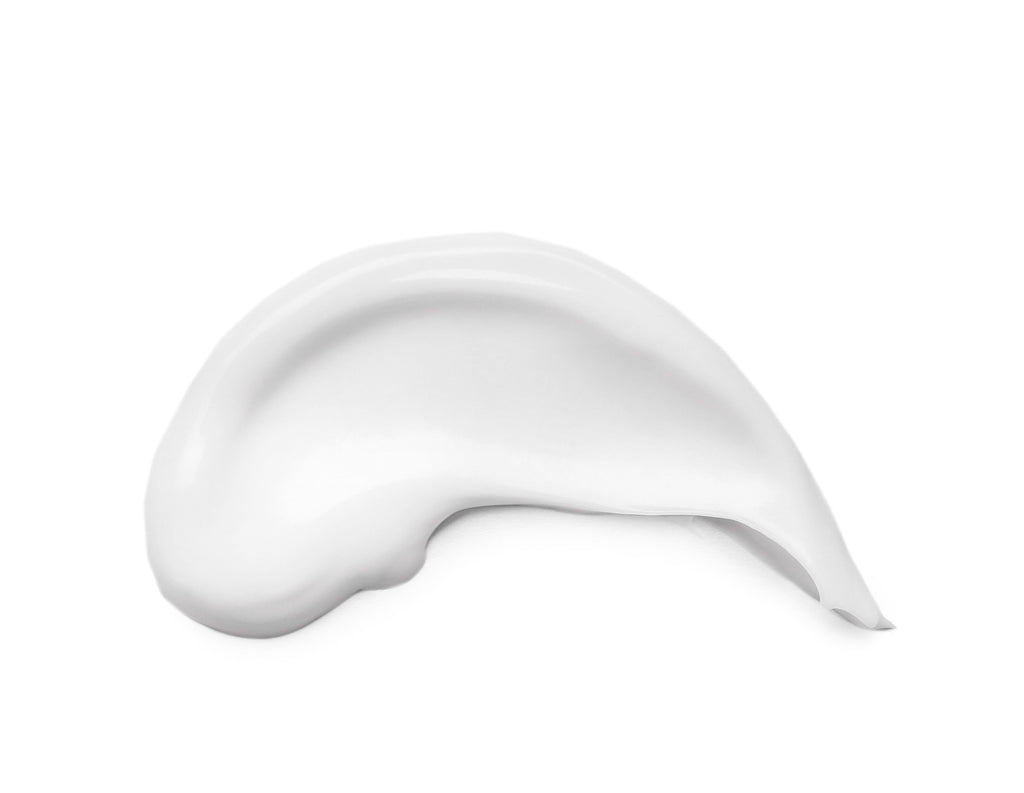
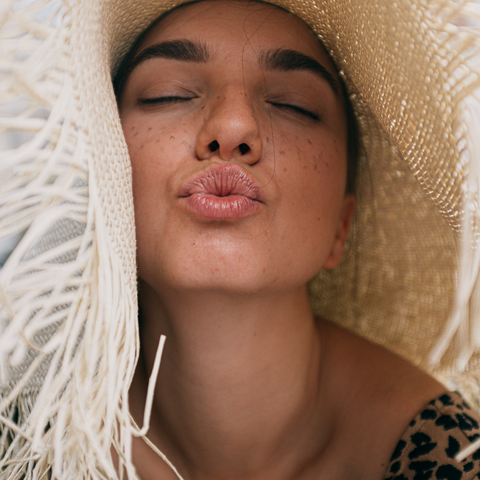
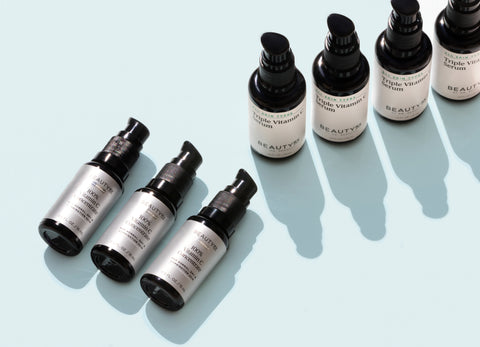

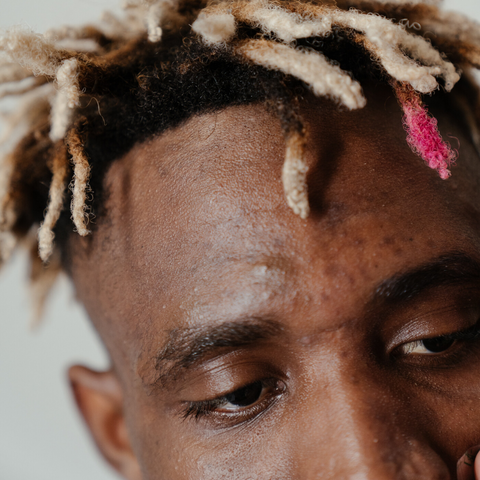
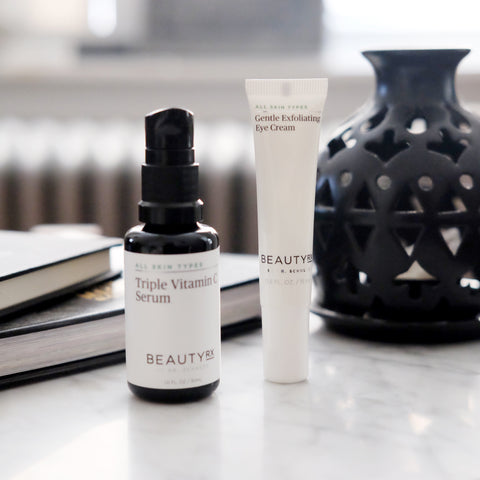
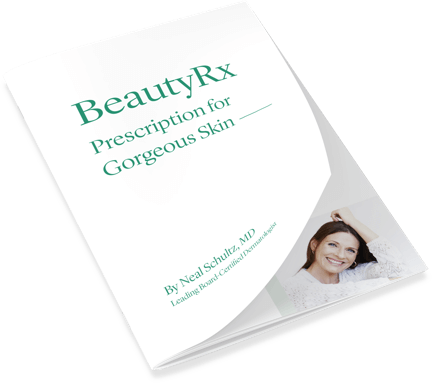
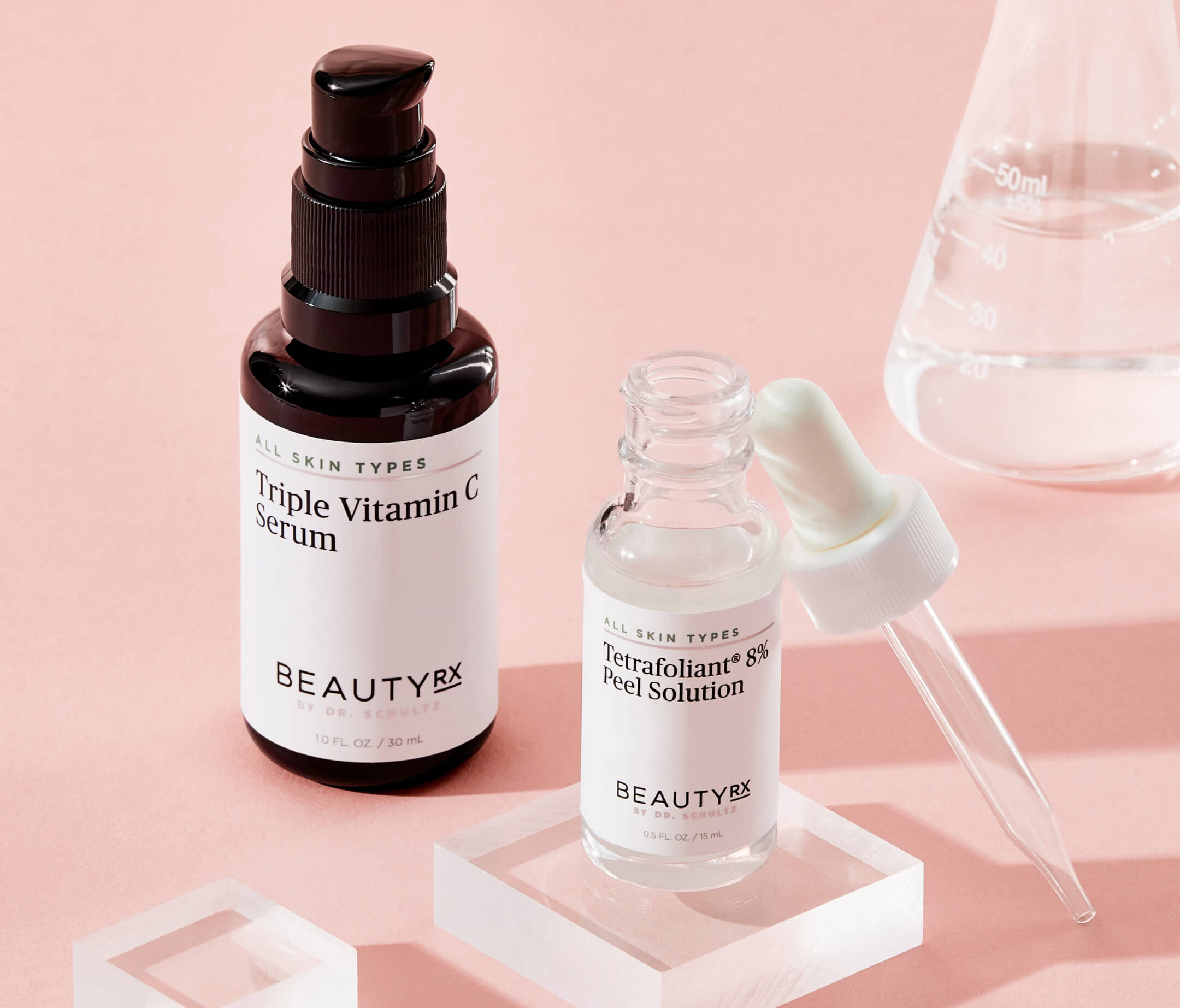
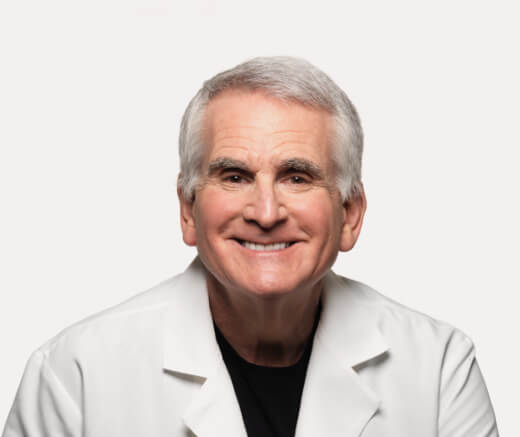
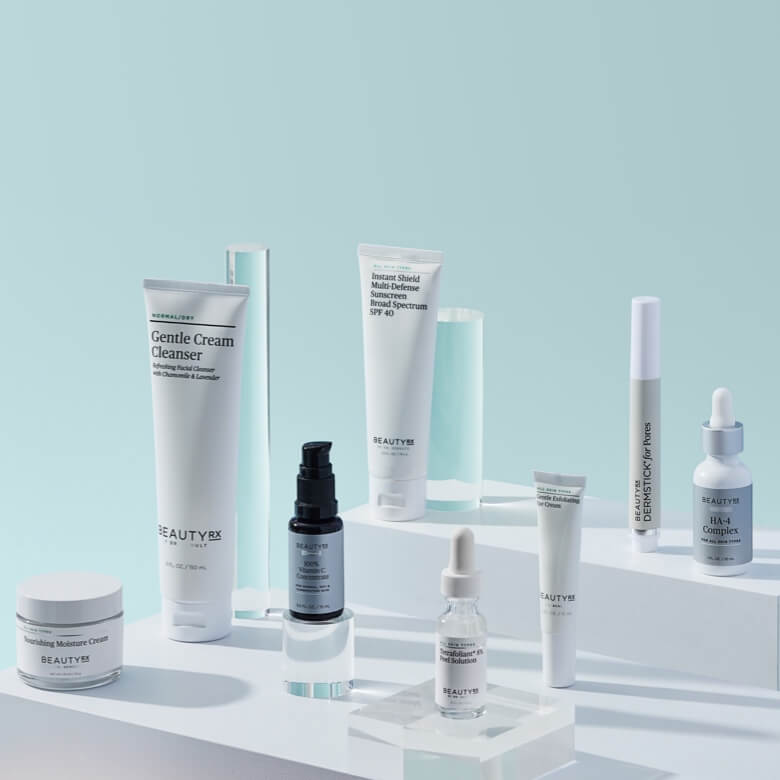
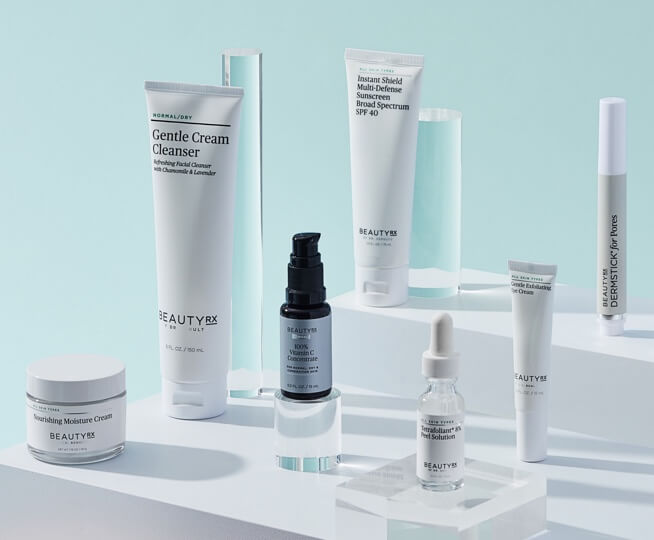
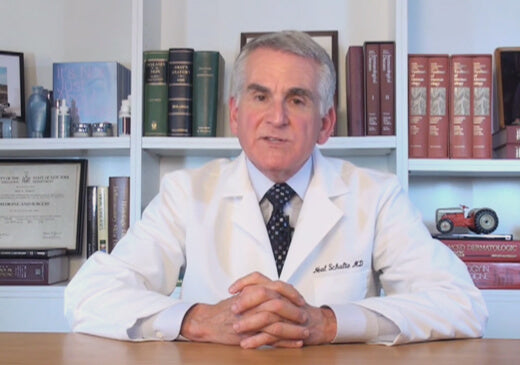
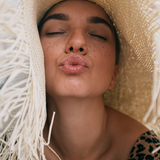
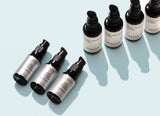

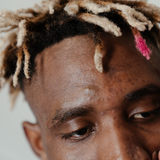
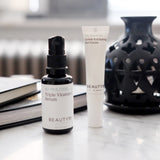


Leave a Comment